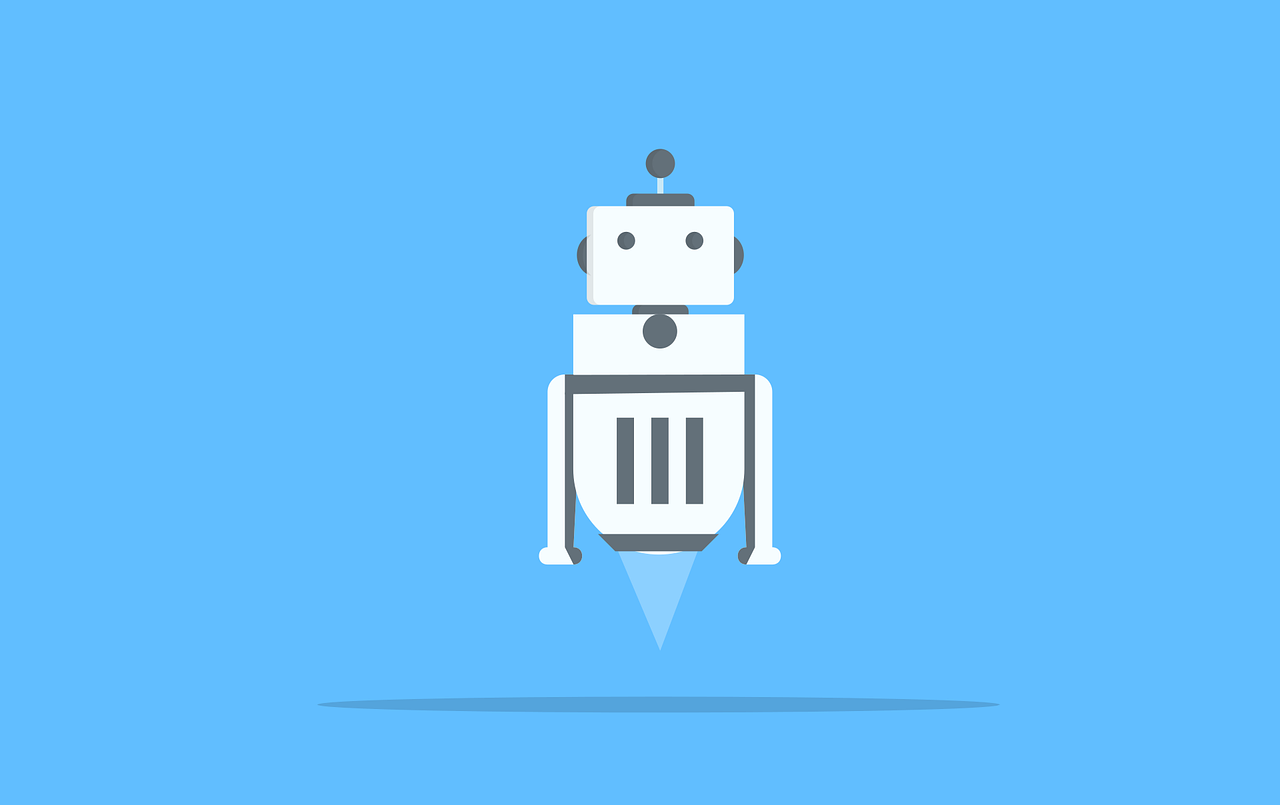What’s Next in Artificial Intelligence?
For thousands of years, humans have been using all manner of tools to assist in their daily activities. It’s what separates us from most of the rest of the animal kingdom. Augmenting our work has largely been welcomed.
Over time, our tools have become vastly more elaborate and complex. Without machines, for example, the industrial revolutions would have been impossible and the world we know today would not exist. Directly and indirectly, these tools and machines have enabled technology that has elevated billions of humans out of extreme poverty.
Some human work has been almost completely replaced by technology such as mass production assembly lines. Many areas of our lives have been greatly enhanced such as the utility of smartphones. Today, with a combination of robotics and artificial intelligence (AI), smart machines are designing, developing, and deploying solutions with less and less input from humans. AI-enabled capabilities, powered by game-changing software and vast amounts of data, are demonstrating familiar human behaviors such as problem solving and object recognition.
There are few places where artificial intelligence is more apparent today than in our factories and businesses. Enterprise applications are increasingly being powered by smart, AI-embedded software, helping to drive and accelerate innovation as well as optimize aspects of the economy such as the supply chain. It’s already often used for financial and sales forecasting, human resources, and in product lifecycle management.
New AI capabilities are being introduced all the time. Sometimes there is a sudden leap of innovation. In 2020, one such event happened.
GPT-3 was introduced to the world.
GPT-3, or Generative Pre-training Transformer version 3, is the latest version of software created by OpenAI, a San Francisco-based research laboratory. It has established a new, remarkable bar for AI and is welcoming a new era of computing possibilities.
Scientists, philosophers, and others have called it one of the most interesting and important AI systems ever produced. For example, by processing vast volumes of data from the Internet, GPT-3 can automatically generate writing that reads so naturally, it appears as if a person wrote it. It can do a lot more too.
This technology is so groundbreaking and important to business, that I’ve written and developed a live-action online video course on the subject. I wrote it for non-technical individuals and those with no background in AI.
That said, there’s plenty for AI-enthusiasts and professionals too.
If you want to understand the remarkable role of AI in business, and in particular GPT-3, please enjoy this short, plain-English introduction to one of the most important leaps in AI.
CLICK HERE to check it out.
With gratitude,
Jonathan.


